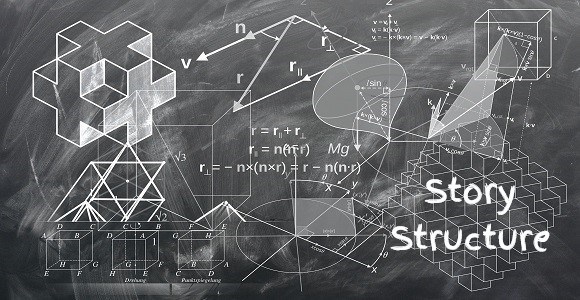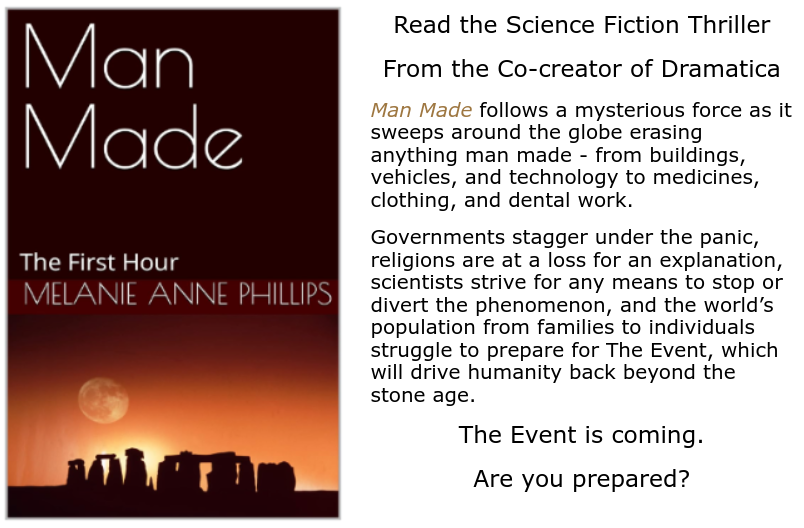


Class One – Introduction
7. Story Structure vs. Storytelling
10. The Four Throughlines (Part One)
11. The Four Throughlines (Part Two)

Class Two – Characters
15. Introduction to Characters
17. Hero is a Four Letter Word
18. Characters in “To Kill A Mockingbird”
20. The 8 Character Archetypes (Part One)
21. Objective & Subjective Characters
22. The 8 Character Archetypes (Part Two)
23. The 8 Character Archetypes (Part Three)
25. Subjective & Objective Characters
26. Protagonist & Antagonist Archetypes
27. Reason & Emotion Archetypes
28. Sidekick & Skeptic Archetypes
29. Guardian & Contagonist Archetypes
30. Uses of Archetypal Characters
32. Archetypes in “Wizard of Oz”

36. Introduction to Storyforming
37. 8 Essential Writing Questions
38. Character Resolve – Change or Steadfast Part 1
39. Character Resolve – Change or Steadfast Part 2
40. Character Growth –
41. Character Approach –
42. Character Mental Sex –
44. Story Driver –
46. Story Limit –


Class Five – Story Encoding
74. Encoding Domains & Concerns
75. Encoding Issues & Problems
76. Encoding in “The Fugitive” (Part One)


Class Seven – Storyweaving
92. Introduction to Storyweaving
93. Exposition
94. Expectation
95. Context
96. Interpretation

Class Eight – Genre
98. The Four Modes of Expression
99. The Genre Chart (Part One)
100. The Genre Chart (Part Two)
101. The Genre Chart (Part Three)

Class Nine – Story Reception
104. Introduction to Reception
105. Author as Audience
107. Writing For Disposable Tribes
108. Writing for Ethnic Groups, Women, Men & Children
109. Bias & Propaganda
110. Reception of Characters, Plot, Theme & Genre
112. Subplots

